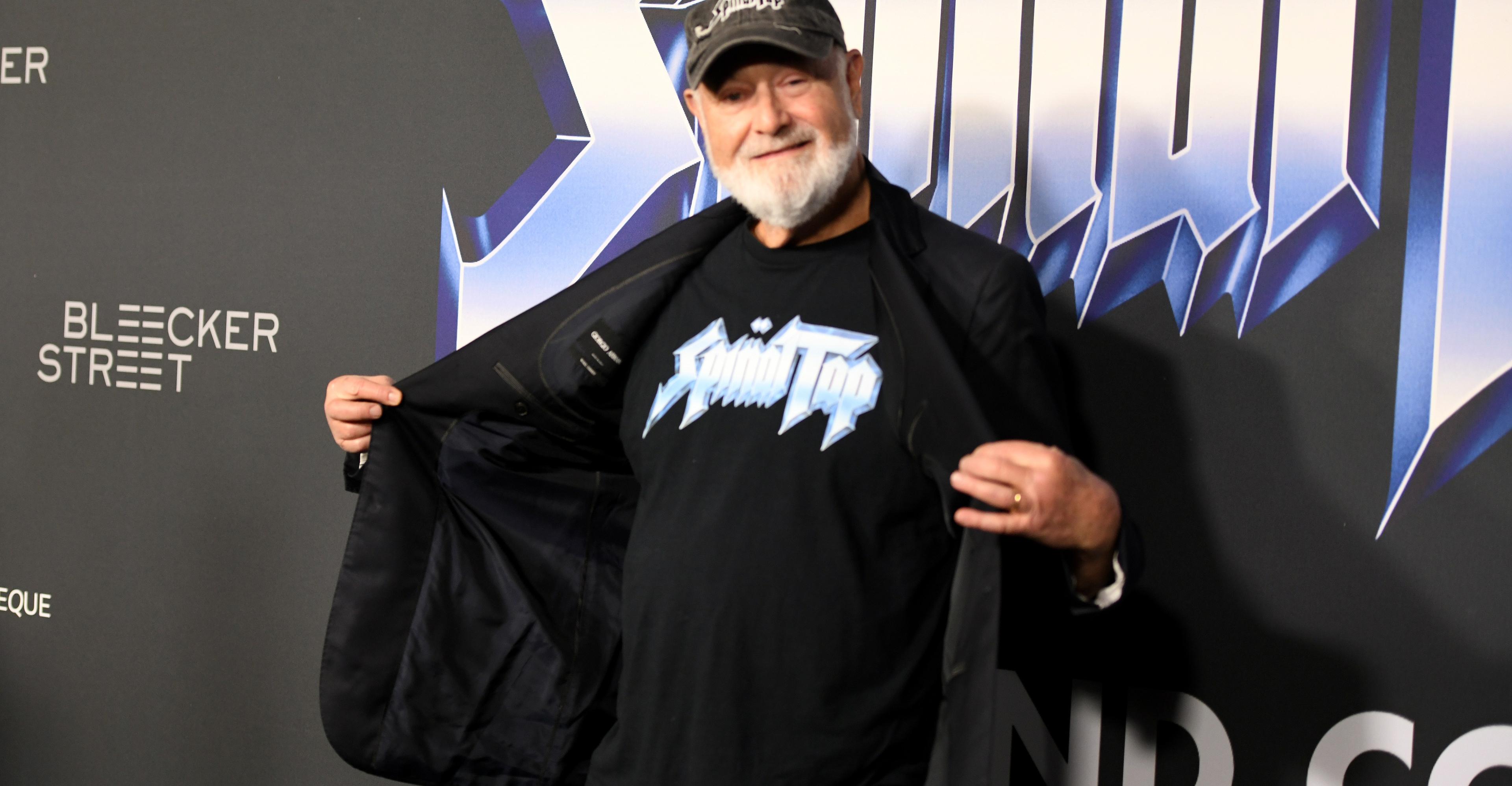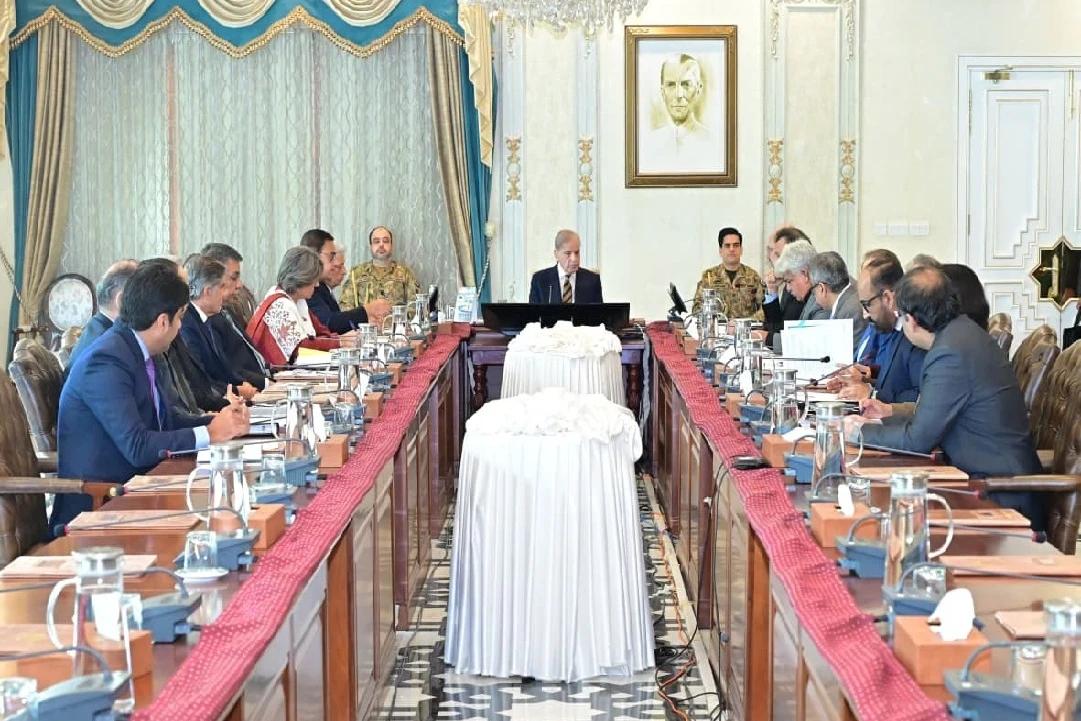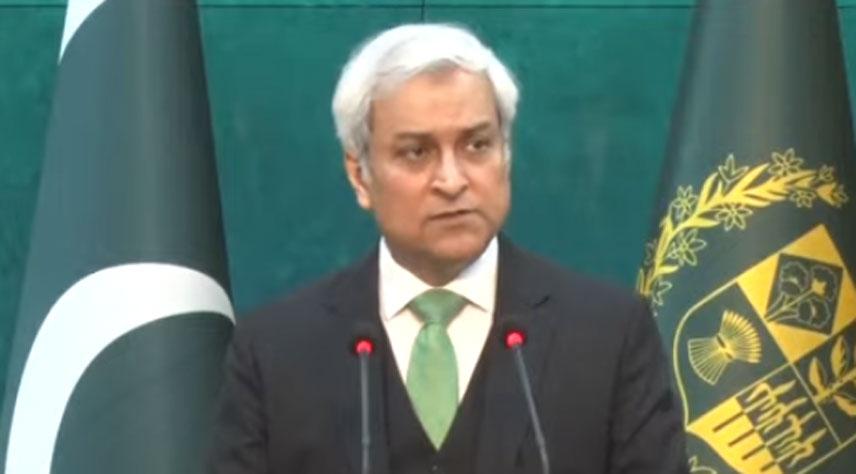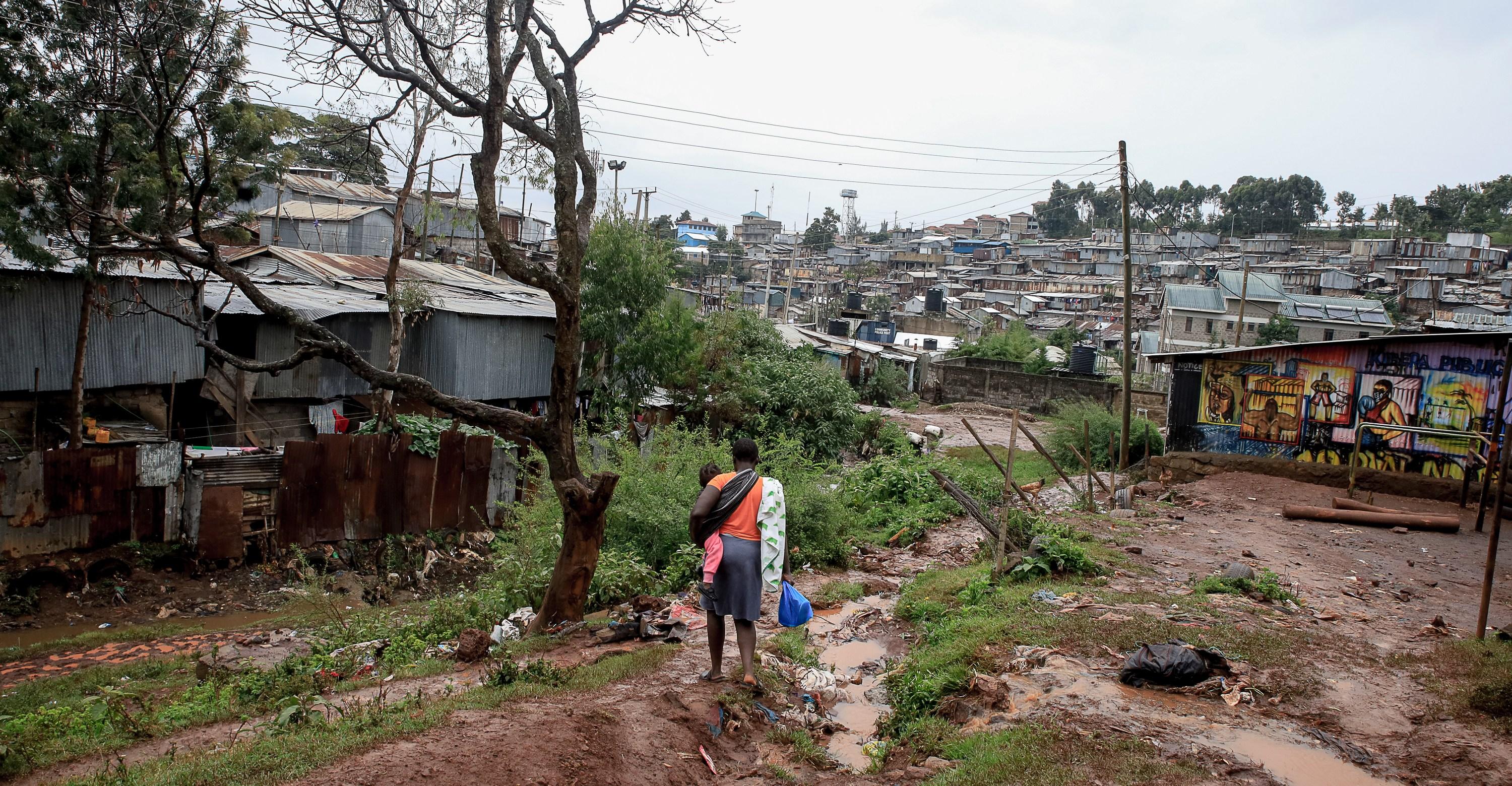From fan chants at Taylor Swift’s Eras Tour to the mute challenge at Beyoncé’s shows, fans are creating new concert traditions for a new age.


It started with simple nostalgia. In the wake of the pandemic, Craig Powers, a 38-year-old researcher from Tacoma, rediscovered his love for his favorite bands and albums. But as Powers dove deeper and deeper into the music world, he found himself not only returning to beloved artists, but discovering new music and albums. This was largely thanks to TikTok, which constantly served him concert clips of stylistically adjacent musicians via his feed, a broad swath of emo, metalcore, and post-punk artists.
At the peak of this new/old obsession, however, Powers realized a grim truth about social media: Watching bands on TikTok didn’t put money in those artists’ pockets, and streaming residuals are so paltry that listening to albums on Spotify or YouTube wasn’t enough. If Powers wanted to support all the new bands he was into, he couldn’t just watch concert clips on his feed: He needed to go to the concerts themselves.
So Powers, who tells me he never does “anything half-assed,” started out 2023 with a goal of seeing 30 concerts before the end of the year. The journey he embarked on led him to recapture his love of live music, discover even more bands, and hit his goal far earlier than he expected: He took in concert number 30, Weezer, last month. And of course, he documented it all on TikTok, where it all began.
Powers isn’t the only person whose relationship to live entertainment has changed profoundly in recent years. The age of streaming media has brought with it increased access to concert footage, front-row fancams, and highly mobilized fanbases who approach everything about the concert season like it’s their job. From buying tickets (good luck) to prepping for the big night by carefully planning the perfect concert outfit, these fans do it all — and many of them do it on camera, sharing the whole experience with other die-hards online.
Clearly we’re in a new era of concert media — and as with all eras, we’ve both gained and lost a little along the way.
These aren’t your mom’s bootlegs
Across a huge range of genres from K-pop to hardcore, streaming and sharing platforms like TikTok and Instagram are changing the way people think about streamed concert footage and viral moments from a live event. The savviest artists not only know that their audience will have their phones out, but anticipate it. Last year, Rosalía and TikTok jointly earned a Latin Grammy nomination for a music film full of bite-size, clippable moments, all filmed on mobile phones, that aired live on the platform. And Taylor Swift just announced the release of an entire movie of her already-legendary Eras tour — conveniently dropping before the European leg of that tour kicks off.
Livestreamed and social media-boosted concert clips have become so ubiquitous that it’s jarring to look back and remember that for most of the internet’s history, filming concerts at all was verboten. Blogs like NYC Taper and BB Chronicles, alongside an endless rotation of torrent servers, specialized in sharing concert clips and archiving bootleg recordings of vintage concerts. The website Relisten specializes in curating much of the live concert footage shared on the Internet Archive across decades — everything from the Grateful Dead to bluegrass band Trampled by Turtles. The undertone of all these websites boils down to “please don’t sue us”; many of these blogs include disclaimers stressing that their collections are meant to supplement, not replace, the live concert experience.
This shamefaced, don’t-ask-don’t-tell approach to bootlegging concerts has long since been obliterated by the seismic shift created by the era of smartphones. Though some artists still attempt to ban phones and recordings of live concerts, that ship has largely sailed. The order of the day is selfie sticks and vertical zoom. “Put down your phones and dance!” one TikTok user opined earlier this year, only to be met with a chorus of users responding that they could hold their phones and dance at the same time.
The mass mainstreaming of pop music fandoms has also profoundly changed the audience’s approach to concerts. In particular, K-pop stan culture, with its extremely structured process for the concert experience, has profoundly impacted the way fanbases across the world approach live performances: They are to be filmed, micro-analyzed, edited into fancams and bite-size, social-ready clips, and spread across the internet.
Fans come to these concerts dressed to the nines, armed with fan chants, merch, lightsticks, and other shows of support like Swifties’ friendship bracelets. Whether it’s through chants, sing-along, or call-and-response, many concerts are also more interactive than ever, and the expectation for audience engagement is high. Fans who show up for Beyoncé’s Renaissance tour better come prepared to carry their half of the performance. Meanwhile, Swifties now have so many fanchants they require explainers. “Eras tour is becoming more and more like the rocky horror picture show and i love it,” one fan commented on a viral fanchant video from April, referring to the cult film whose famously interactive screenings have become a pop culture staple.
Tonight was phenomenal #renaissancetour #renaissanceworldtour #santaclara #beyonce #fyp #foryou #renaissance
♬ original sound - Lily“Because of social media, in the last 10 to 12 years I’ve seen a shift from people just wearing jeans and a band T-shirt to concerts to curating looks wholly designed to be pictured on social media,” Sara Sirignano, a 23-year-old fan from Cleveland, told me. Sirignano and her friends “ritually plan[ned] out our outfits for weeks [and] months ahead” of shows, she said.
“Genuinely would rather skip the show than not have a good outfit planned for it,” she joked. She’s seen multiple concerts this year, but the highlight, she told me, was catching the Lumineers in London and Harry Styles in Frankfurt, Germany, while on a backpacking trip through Europe.
When she wasn’t seeing the shows in person, she was glued, like millions of other fans, to livestreams of Taylor Swift’s Eras tour — a production so regimented that multiple fans told me they knew the setlist and knew exactly which time to tune in every night during the tour to see which “surprise” song Taylor would be singing that night. Powers’ friends would tune in from the local bar and inform their bar mates what the surprise Taylor song was. Sirignano would bond nightly over the livestream with her sisters, who live in other states.
Concert livestreams, in essence, have become an extension of the live event for millions of fans. This hybrid experience is uniquely defined both by this era of streaming and this era of fandom. Liz, a 22-year-old BTS fan from Los Angeles, traveled to multiple cities across the US and Canada to see BTS rapper Min Yoon-gi (a.k.a. Suga and Agust D) on his solo tour this year, and still livestreamed most of the concerts she didn’t get to see in person.
“I was hunting down livestream links so I could watch every stop,” she told me. In privately recorded footage she shared with me, she and her friends watched the livestream of the final concert of the tour. There’s a dramatic moment when the stage goes dark unexpectedly, right before Suga brings out a special guest. Because they all knew the setlist so well by that point, Liz and friends start screaming excitedly before anything has even happened onstage.
“There’s a super special type of joy when there’s a surprise on tour like a special guest or a new song,” Liz said. But, she stressed, “Even without the surprise, we were having a great time watching the same setlist for like … honestly the 20th time probably.”
This seems to prove all prior hesitation about allowing fans to record and share the artist’s copyrighted material extremely wrong. There’s a tangible benefit to encouraging this level of fandom and even this remote form of the live concert-going experience. Indeed, many fans expect that they’ll be able to view concert streams and clips in advance as a form of homework and engagement with the concert and the music itself. Multiple fans I spoke to described learning the setlists for bands they were going to see on popular sites like Setlist.fm, which has over 7 million setlists contributed by fans. This allows them to both familiarize themselves with the music and plan their arrival and departure times.
For some, fans uploading concert footage and giving tips can also help alleviate anxiety around the logistics of concert planning. TikTok’s #concerttips tag is full of vital information like when and how to buy tickets, where in the venue you want to sit, and how to prep for hours of concert activity. Phone etiquette is a big subject as well: Reminders to bring your charger or a battery pack, free up storage for concert videos, and tips for how to get the best-quality concert footage when you record.
The assumption that audiences will be recording is striking: No one I spoke with had any issues with the abundance of phones at concerts; not even the recent spate of unruly concert disruptions seemed to dampen fan enthusiasm. At this point in the life of the modern live event, there’s a built-in acknowledgment that the “live” part has already been mediated in multiple ways before the fan even arrives at the venue: By the concert clips you’ve already seen, by the setlists you’ve already memorized, by the big screens that help you see the singer, and by the phone you already have in your hand.
That shift has been hard for some artists to adjust to. “When I’m on stage and look to you but you are gazing into a screen, it makes me feel as though those of us on stage are being taken from and consumed as content, instead of getting to share a moment with you,” the artist Mitski wrote last year in a since-deleted Twitter thread. “Concerts are weird now,” Mashable opined in January, arguing that the so-called TikTokification of concerts reduced elaborate stages to short viral clips and ruined their spontaneity.
All this anxiety invites the question, then: If we already know what we’re getting before we roll up to the stadium, and if we’re not present in the moment because we’re on our phones filming, is there anything left to the “live” experience beyond what social media has already provided?
Livestreams can tap into the experience — but live performance still retains its power
In a word, yes.
“It started from the moment we got out of our car in the parking garage and started walking toward the arena,” Morgan Strehlow, a 33-year-old literary agent from Pennsylvania, told me about seeing Harry Styles in concert. “It did feel like a really powerful experience to be there among kind and joyful people and experience the unifying force of a passionate fandom.”
For Strehlow and her sister, who live in different states, bonding over first Swift and then Styles had been a major post-pandemic highlight. Like Powers, Strehlow fell into her latest fandom obsession because of her TikTok feed. “I was indifferent before his tour went viral on TikTok,” she said. Once he was on her feed regularly, however, she said she realized: “His music and messages he spreads are really deep and meaningful and soulful. I loved that. I loved the inclusive fan base and concert environment he fostered and how he creates spaces to celebrate all kinds of love. So I wanted to go experience that, too.” She gifted her sister with tickets to one of Styles’s Austin shows last year. The two of them also saw Swift’s Eras tour and had kept up with the livestreams as well — but Strehlow stressed there was no substitute for the live experience.
“So much of the concert experience for both Styles and Taylor Swift was about experiencing the stadium/arena full of shared joy and delight and love,” she said, “love for the music and the artist, and love for what they represent.”
Some social media users have expressed concerns about being spoiled for concerts. On TikTok, Sirignano admitted, she’d had to try to avoid being spoiled for the Eras tour. “The Taylor concert and Harry concerts are always everywhere online,” she said. “Clips are unavoidable.” She recalled failing to avoid a major “spoiler” for one of Styles’s surprise performances — a Halloween cover of Britney Spears’s “Toxic” — after fans found out about the song in advance and “ruined it” by spreading it online.
For Taylor, she said, “I was able to keep a lot of it a secret by consciously deciding to avoid it. But it is something you have to work hard to do.” Some artists try to maintain secrecy for as long as possible. When Beyoncé promoted her Renaissance tour on Instagram in May, she posted footage without sound, leaving fans excited to learn what songs accompanied each clip.
Still, no one I spoke to felt like the presence of online streaming ultimately detracted from the main event. Fans also stressed that the little things all add up to make a huge experience. “I think getting ready with each other, listening to music, eating, drinking, taking photos, talking about what we’re most excited about for the show, etc., is almost half the fun of the show itself,” Sirignano told me. “I’ve been to Declan McKenna, Maisie Peters, Harry Styles, Taylor Swift, [and] Sabrina Carpenter, in the last few months alone, and we went through that ritual for each show.”
“If it’s a good moment, it’s gonna feel exciting no matter what,” Liz told me. “Yes, knowing that a song is coming is one thing, but experiencing it live is still magical. Plus the stage mix always hits different, and live vocals are fire.” And after all, she said, “You go because live music is good.”
Plus, there’s one thing that no amount of livestreaming can replicate: Community in a shared space, a.k.a. “collective effervescence.”
“I have gained a greater appreciation for the work the artists put in, and I’ve rediscovered my love of live music,” Powers said. “I’ve also developed new friendships and deepened those with friends that attend shows with me.”
“I remember in 2020 having a conversation with my sister about we would probably never go to another concert ever again and just kind of accepting that as the future,” Strehlow said. “But when we got the chance to finally go to one, and for an artist we loved, we were certainly not going to take it for granted.”
As for whether livestreaming detracts from the experience in any way, she said it was all yummy apples to delicious oranges.
“Livestreaming makes concerts more accessible to those who can’t buy tickets or travel for whatever reason,” she said. “A gift! Gathering with tens of thousands of delighted fans to see our favorite artist perform our favorite songs live and in person … A gift! Having the option to log off TikTok until my show … or having the option to stay home but still not totally missing out on the tour? Gifts!”
In other words, if you’re feeling put off by too much social media in your concert-going habits, maybe it’s time for a reset — or time to broaden your horizons and learn to appreciate the many new ways fans are adjusting and expanding what it means to “attend” a concert in 2023.

Technical, vocational training system being aligned with int’l standards: PM Shebaz
- 5 hours ago
Browns LB Bush found not guilty in assault trial
- 2 hours ago

Field Marshal Asim Munir pledges to cement defence ties with Libya
- 5 hours ago

Everything is a mockumentary now, thanks to Rob Reiner
- 12 hours ago

The global shadow economy behind Trump’s latest move on Venezuela
- 12 hours ago

Prime Minister Shehbaz Sharif has approved Halal meat export policy
- 4 hours ago
NFL playoff-clinching scenarios: Which teams can secure a berth in Week 16?
- 13 hours ago

When your AI boyfriend gets you better than your spouse
- 3 hours ago
Jets release receiver Lazard, last Rodgers-era link
- 2 hours ago
Dolphins' McDaniel opens door to benching Tua
- 2 hours ago

Pakistan voices concern over manipulation of flow of Chenab River by India
- 2 hours ago

The low, low cost of ending extreme poverty
- 12 hours ago






